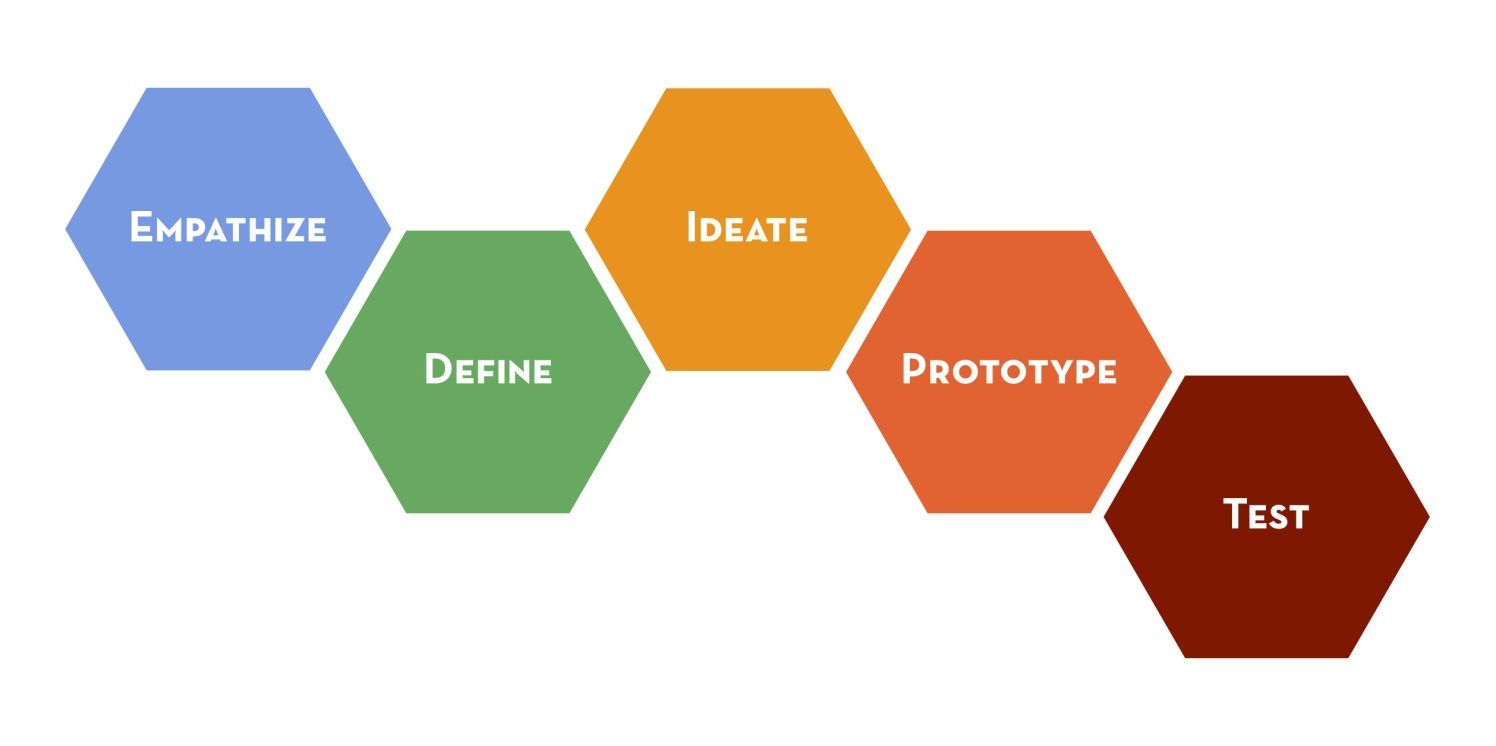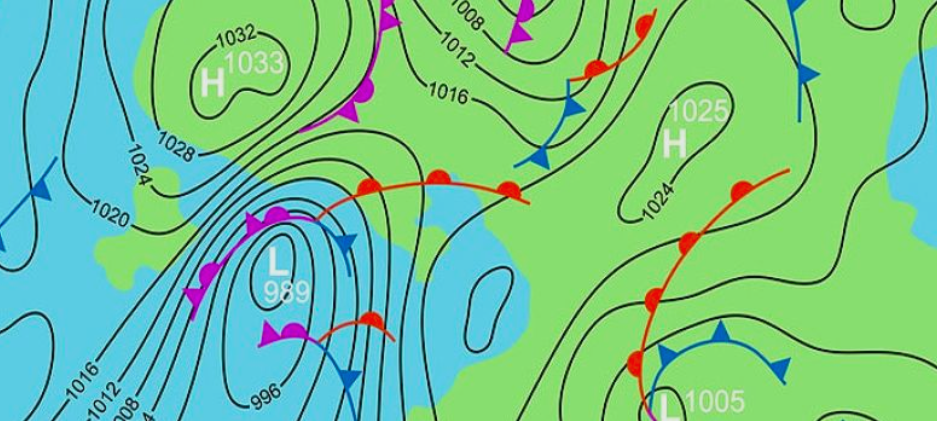On how DSRP deepens the understanding of Dr. Deming's System of Profound Knowledge
 Bjarne Berg Wig
·
3 minute read
Bjarne Berg Wig
·
3 minute read
For decades I have built much of my understanding of reality on dialectical materialism and systems thinking learned from systems thinkers and scientists before me. Maybe the most important of them was Dr. Edwards Deming. He created the “System of Profound Knowledge” (SoPK), which contains basic lessons for people who have worked with Total Quality Management (TQM), Six Sigma, and Lean (Toyota Production Systems). SoPK consists of four ways of "seeing" and understanding the world. Dr. Deming called them "lenses".
I recently completed The Systems Thinking Trainer course with Drs. Derek and Laura Cabrera (Cornell University), which has deepened my understanding of the cognitive (thinking) functions that happen inside our brains. When we see and hear something, our brain automatically makes distinction between thing/idea or other, it sees part-whole, it recognizes relations and sees from a specific perspective. (see this video) Systems thinking is the dialectical relation between how we understand the real world as systems on one side and how we think of the real world. Dr Derek Cabrera named this functions DSRP – distinction-system-relation and perspective.
When you take a sip of coffee from the cup on your desk, the brain identifies the cup by DISTINGUISHING the cup from what it is not. At the same time, it contextualizes the cup as part of a larger SYSTEM, which includes coffee, thirst, and porcelain (which comes from nature's systems of stone and clay). The RELATIONSHIPS also occur automatically: when you touch the cup, there is a physical relationship (made up of action and reaction) between your hand and the handle. The act of drinking coffee is related to thirst or the need for refreshment. When you look at the cup, you look at it from a certain PERSPECTIVE. Others in the room will look at what you are doing from a different perspective. Awareness of these basic functions of DSRP poses a challenge to how we view the world around us and how we affect it. Awareness of DSRP is like a turbo jet for our thinking system. It is a real evolutionary breakthrough in thinking about thinking!
Using DSRP to better understand Deming’s SoPK
The first lens in SoPK is System lense: Appreciate (and look at) the real world in terms of systems.
In other words, dynamic (often hidden) connections deliver what a system is capable of. For example, the Covid-19 system delivers virus distribution according to a specific pattern. Nature provides such systems and the better we understand them, the better we can meet them. By consciously using DSRP, we can better understand this lens through understanding what the system is and what it is not, which subsystems and main systems are active, what relationships exist within and between the systems, and how the systems look from different perspectives. With the help of DSRP, Deming's system lens takes on new depth.
SoPK Lens #2. Understand variation.
Systems deliver effects that we can observe and measure, and it is possible to identify how stable or unstable a system is by measuring variation. Everything varies, but large variation shows unstable systems, while small variation demonstrates more stability. There is also a range of variation within each system. For example, the Covid-19 virus varies and creates mutations because variation is built into nature's way of working, but how much or how quickly it varies might be different from other viruses. Charles Darwin discovered that mutations that adapt to change survive and are sustainable, indicating one reason for variation. Using DSRP, we can distinguish what the variation is and what it is not. Deming stressed that one of the biggest mistakes we can make is not distinguishing between systematic variation and random variation. Variation occurs within a whole, and it happens in relationship to other factors (e.g., the Ishikawa diagram that groups the statistical causes of variation).
In this way, DSRP increases our understanding of statistical variation.
SoPK Lens 3: Theory of knowledge.
Deming discovered that without a theory, we cannot acquire better knowledge. When we rotate the PDSA cycle (Deming used PDSA not PDCA), it begins with a theory about what we want to achieve, or why we think we are not achieving something.
Deming's own drawing of PDSA
This is exactly where Dr. Derek Cabrera's discovery of DSRP creates such enormous power. The key to better knowledge is to recognize that our brain constantly interprets what we see using mental models. The mental models are not reality; they are our current image of reality. Everyone is "wrong", i.e., they are not able to be "right" because their ideas are just - mental models. By using DSRP we see what our Theory of Knowledge lens is and is not, how it is connected to a whole (system), what relationships arise when we try things (action-reaction, cause-effect), and that we see things from a specific perspective. Again, DSRP reinforces Deming's SoPK.
SoPK Lens 4: Psychology.
Deming understood that psychology was absolutely crucial, but he was not a psychologist. In the nearly four decades since Deming passed away, science has made enormous strides in understanding psychology. One such discovery is Daniel Kahneman and Amor Tversky's discovery of System 1 and System 2 thinking. System 1 thinking is the fast, intuitive system that enables us to react quickly. It is in action 95% of the time, and without it we would not be able to function.
System 1 thinking makes a mental model in microseconds, but it often makes flaws.
System 2 thinking is more accurate because it requires us to use the brain to think it through. What Kahneman, Tversky, and others discovered was that the brain rejects complicated explanations; it protects us from the complicated thinking of System 2. System 2 thinking consumes a lot of energy, and evolutionarily, we needed that energy for survival. This is where systems thinking and DSRP comes to the rescue–it provides a pattern for training our thinking that anyone can use to better align their mental models with reality.
Systems thinking stands on the shoulders of Dr. Deming, among others. It represents the evolution of humanity's capacity to understand reality. Dr. Cabrera's discovery of the DSRP cognitive functions provides new lenses on top of SoPK.
.png?width=150&height=150&name=CRL%20GOAT%20Logo%20(4).png)


